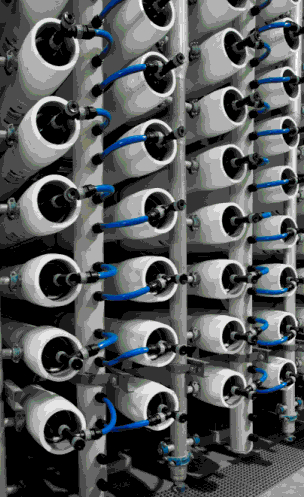SA to desalinate
 South Australia is turning on its desal plant so that upstream farms can have more water.
South Australia is turning on its desal plant so that upstream farms can have more water.
The federal drought stimulus package announced last week includes plans for Murray River water to be reallocated to farmers upstream.
The reallocation of water previously destined for Adelaide is made possible by a $100 million deal that will see the South Australian Government turn on its desalination plant to service Adelaide, leaving 100 gigalitres free to grow fodder upstream.
Drought Minister David Littleproud said the “unique deal” would provide 6,000 farmers with access to 25 megalitres each, offered to irrigators at $100 per megalitre and delivered by the end of April.
It costs somewhere between $600 to $900 per megalitre to produce water out of the desal plant, depending on energy costs.
“This is one step towards making sure that we think outside the square, bringing new water into the [Murray-Darling] Basin, to make sure that we use it wisely, to ensure that all our breeding herd is protected,” Mr Littleproud said.
The SA Government claims there will be no adverse impacts on the state’s water security or water prices.
After the first 40 gigalitres of desalinated water is delivered, a review will assess its effectiveness, water availability in the basin, and South Australia's water security and costs.
The SA Government says future flows would be dependent on that review.
“South Australia survived some of the most extreme effects of the Millennium Drought and fully understand the terrible impacts that drought has on farmers, families, regional communities and the nation,” SA Premier Steven Marshall said.
“We are prepared to provide support, but we will not jeopardise our own water security or do anything that increases costs to South Australians.”
The Australian Fodder Industry Association has some big questions.
The group’s chief executive officer, John McKew, says the impact of this additional water is hard to predict.
“It depends on when the water is going to become available, how they anticipate allocating that water to irrigators, and then of course what sort of crops you can grow with that water,” Mr McKew has told the ABC.
The fodder industry also wants to know what impact the additional supply would have on prices.
“We're just into the 2019/20 fodder harvest and while there's been a reasonable amount of hay and silage made, there are still a lot of crops still standing in parts of the country that haven't been cut yet,” Mr McKew said.
“And we're already starting to see some impact of the current harvest on supply and on prices. We're starting to see a little bit of softening of prices around certain areas of the country as the new harvest becomes more and more available into the supply pipeline.
“Extra supply like this, depending on the nature of the crops, can certainly have an impact on the supply, demand, and price equation.”








 Print
Print